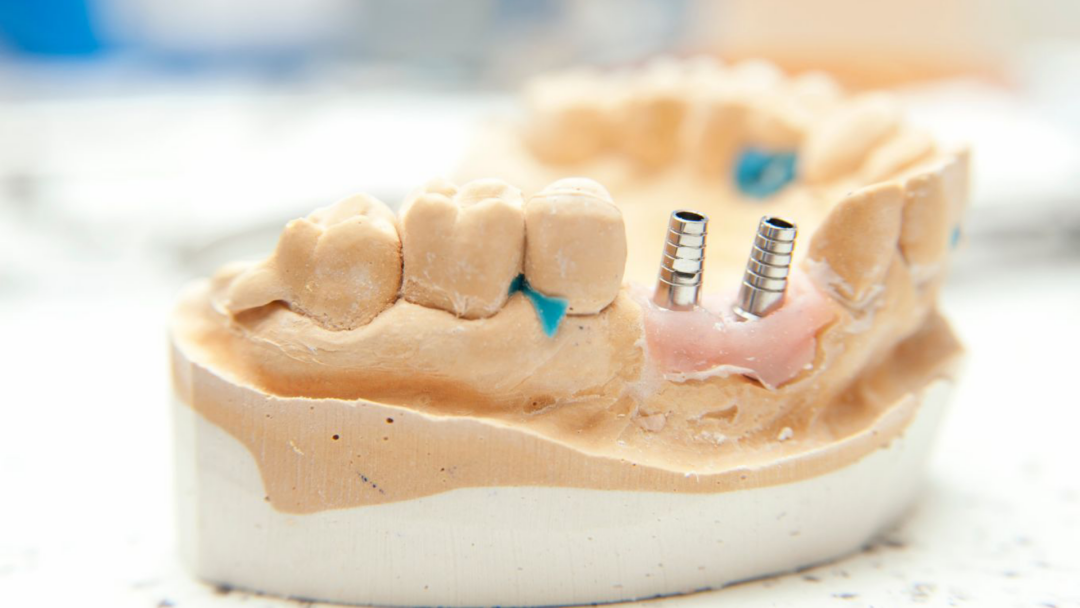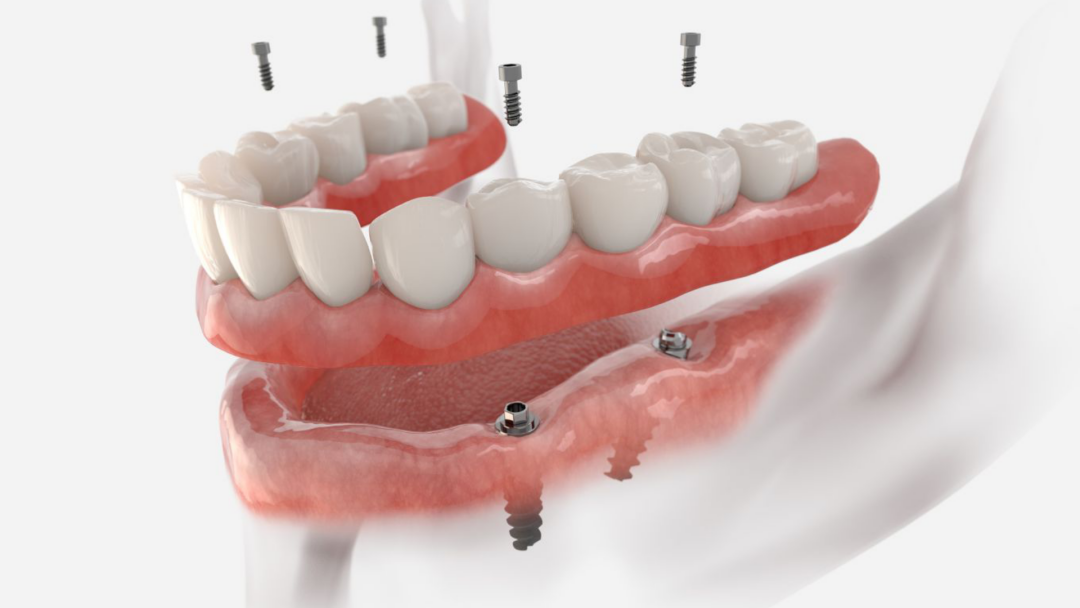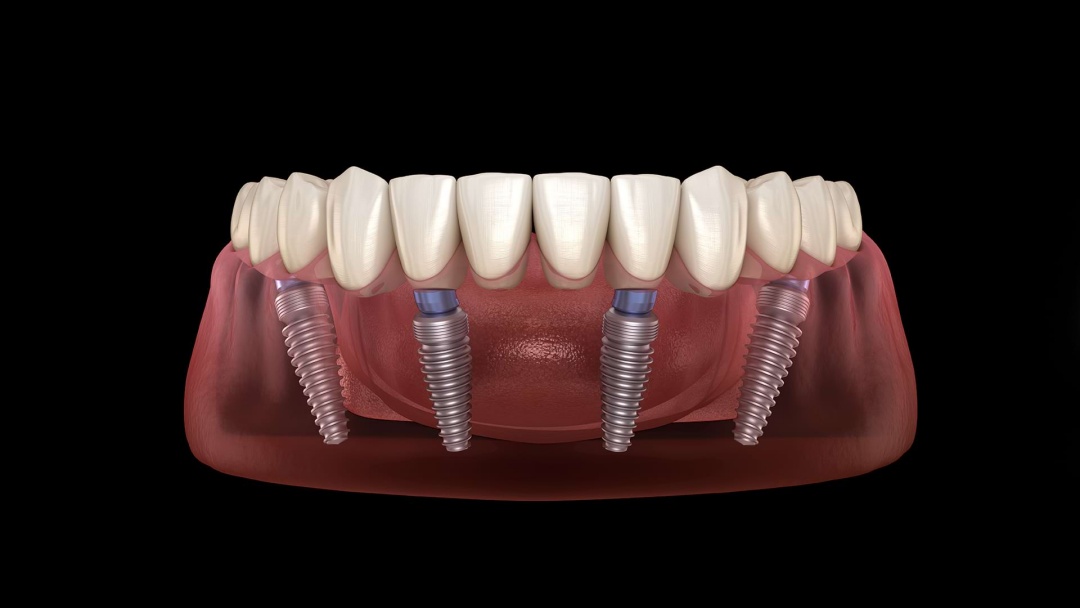
Implant Treatment in Bone Deficiency
We address bone loss with bone grafting and CT scanning for patients with inadequate bone.
Read More
Gum treatment involves the diagnosis, treatment, and prevention of periodontal (gum) diseases. These diseases can range from gum inflammation to severe bone loss and can lead to tooth loss in serious cases.
Summary: Periodontitis is an inflammation of the gums and can lead to tooth loss if left untreated. This disease occurs due to a lack of oral hygiene resulting in the accumulation of dental plaque. Treatments usually involve scaling (tooth surface cleaning) and root planing (smoothing the root surfaces). Advanced cases may require surgical intervention. Early diagnosis and treatment are crucial. Recommended oral care products and regular dentist check-ups help prevent disease progression.
We offer advanced periodontal treatments and dental implant solutions using state-of-the-art technology and proven techniques.

Summary: Periodontology is a branch of dentistry that examines the health of teeth and surrounding tissues. Gum diseases often occur in the form of bacterial infections and can lead to tooth loss if left untreated. The treatment is planned according to the patient's condition and is implemented using various methods, including scaling, root planing, and surgical operations.
Summary: These are surgical procedures aimed at treating gum and jawbone diseases. Various types are available and are usually performed under local anesthesia. Sterilization is very important. Recovery is specially planned and closely monitored for each patient.
Summary: Periodontal surgery is implemented to treat advanced stages of gum diseases. It involves various procedures and must be planned by a periodontologist. Pre- and post-operation oral hygiene is crucial.
Summary: Gum grafts are tissue transfer operations to treat gum recession, reduce tooth sensitivity, and make aesthetic improvements. The type of graft is chosen based on the patient's needs and the periodontologist's assessment. Post-operation care is also crucial.
To control gum inflammation, prevent tooth loss, and generally improve oral health.
Those at risk of gum disease or those already suffering from it. Risk factors include poor oral hygiene, smoking, diabetes, and age.
Although suitable for most people, different treatment protocols may be required for those with systemic diseases or taking specific medications.
Treatment can include scaling, root planing, antibiotics, surgical interventions, or a combination, depending on the severity.
The duration varies depending on the severity and type of treatment. Simple cleanings may take one session, while surgical interventions may require several.
Pros: Improved oral health, prevention of tooth loss, reduced bad breath.
Cons: The cost can be high, and surgical procedures can be painful with long recovery times.
The type of treatment, materials used, geographic location, and the expertise of the dentist can affect the cost.
In general, gum treatment is crucial for oral health and should not be neglected. The methods and processes applied may vary depending on the severity of the disease, and regular oral hygiene is required for the best outcomes.
Gum treatment is essential in the prevention of periodontal diseases and the treatment of existing conditions. The methods and processes applied vary depending on the severity of the disease, and regular oral hygiene is required for the best outcomes.

We address bone loss with bone grafting and CT scanning for patients with inadequate bone.
Read More
The screw-retained prosthesis provides aesthetics and functionality, and quick cleaning.
Read More
Stitch-free implants offer quick healing and less pain but come at an additional cost.
Read More
One-day implant is possible for out-of-town patients. Temporary tooth can be set in 24 hours.
Read More
All on Four is a quick tooth replacement method for edentulous individuals, using 4 implants.
Read More